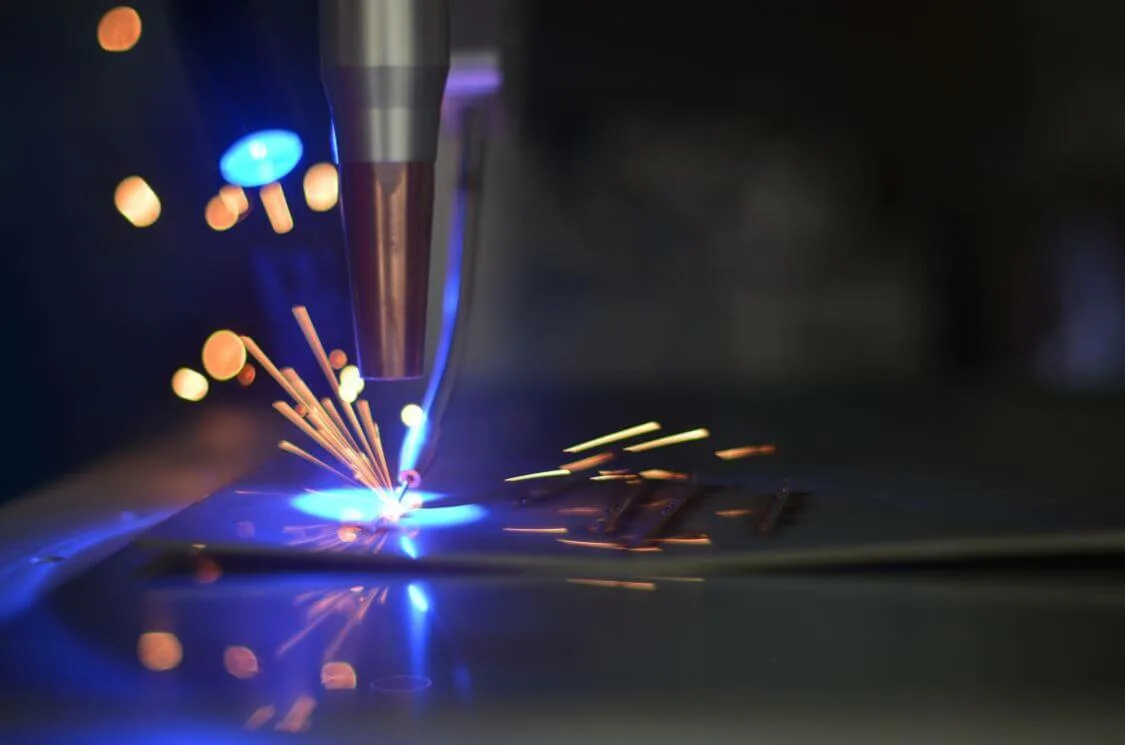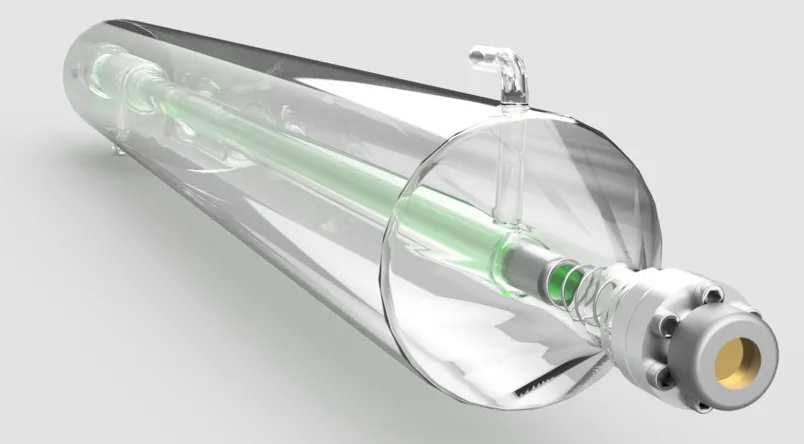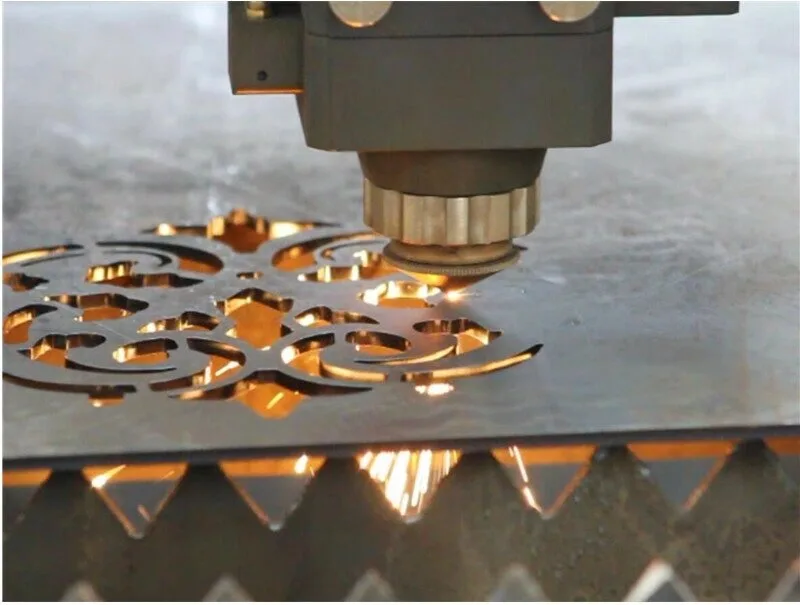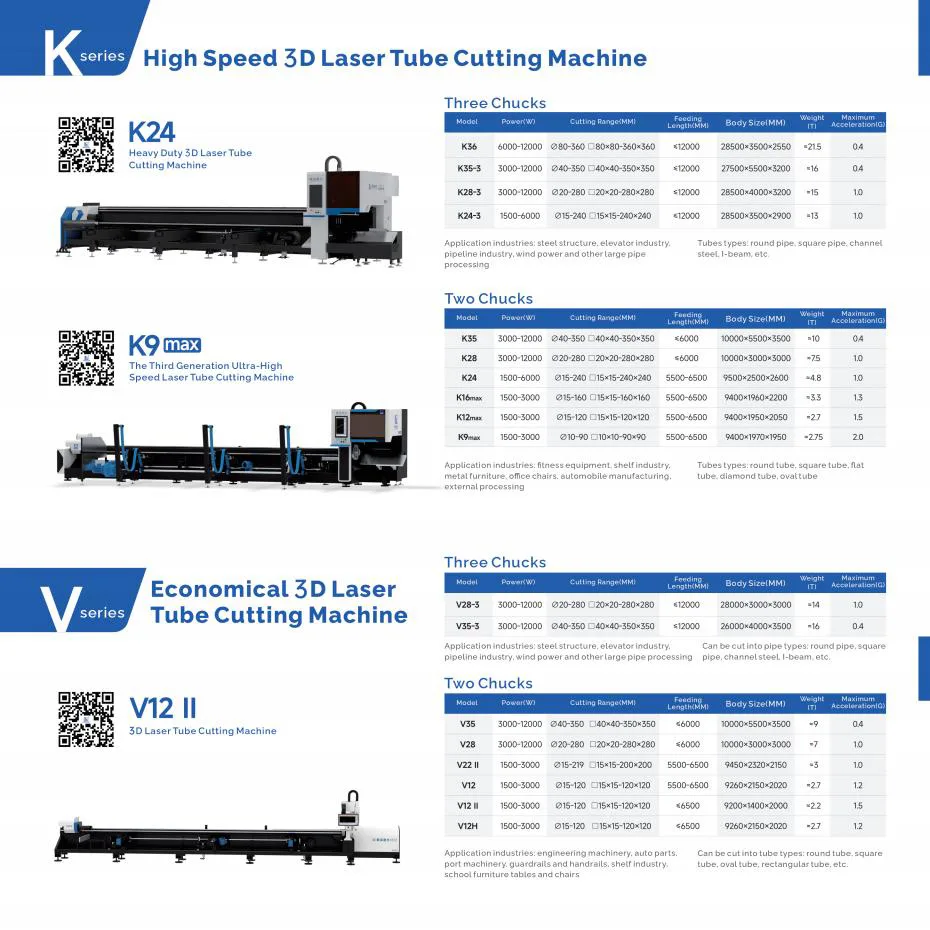1. Introduction
Tube bending machines are essential in modern manufacturing, playing a vital role across industries such as automotive, aerospace, furniture design, and construction. The market for high-quality tube bending machines is projected to reach $5 billion by 2026, reflecting significant demand. These machines enhance production capacity, improve product quality, reduce waste, and increase safety. With various options available, choosing the right equipment is crucial for manufacturers.
2. Basics of Tube Bending Machines
2.1 What is a Tube Bending Machine?
A tube bending machine is a mechanical device specifically designed for precisely bending metal tubes, pipes, and profiles. They can create various complex bending shapes and angles without compromising material integrity. Modern tube bending machines come in various types, from simple manual devices to complex computerized numerical control (CNC) systems, meeting production needs of different scales and precision requirements.
2.2 Main Types of Tube Bending Machines
Based on different bending principles and application scenarios, tube bending machines can be divided into the following main types:
Press Benders
- Working principle: Uses two molds containing the desired bend shape to apply pressure to the tube material.
- Advantages: Low cost, fast bending speed.
- Disadvantages: Lower precision, may cause complete deformation of the tube material.
- Applications: Suitable for simple bending work with low precision requirements.
Rotary Draw Benders
- Working principle: Uses a rotating mold to shape the tube material; the outer diameter of the tube is clamped and bent around the bending mold.
- Advantages: High precision, suitable for complex shapes, fast bending speed.
- Disadvantages: Higher setup costs, different shapes require different tools.
- Applications: Widely used in automotive, aerospace, furniture manufacturing, etc., suitable for making roll cages, furniture frames, handrails, etc.
Compression Benders
- Working principle: Applies pressure to the tube material at the desired bending point, causing it to bend into space.
- Advantages: Fast bending speed, simple tool setup.
- Disadvantages: May cause damage or fracture to the tube material, only suitable for limited diameters of tubes.
- Applications: Mainly used for bending electrical conduits in the construction industry.
Roll Benders
- Working principle: Pushes the tube material into a coil of the desired bending angle through a series of rollers.
- Advantages: Can bend different sizes of tubes without changing tools, can create bends in multiple planes.
- Disadvantages: Process is slower, may require multiple trials and errors to achieve good precision.
- Applications: Suitable for tube materials requiring multiple bending curves, such as pipe coils and truss rod bending.
Mandrel Benders
- Working principle: Places a support (mandrel) inside the tube material to prevent collapse during the bending process.
- Advantages: High precision, protects the tube material from damage, good repeatability.
- Disadvantages: Longer setup time, increased cost.
- Applications: Widely used in the manufacture of automotive exhaust systems, aerospace equipment, and fitness equipment.
Heat Induction Benders
- Working principle: Uses heating coils to raise the temperature of the tube material (800-2200°F), then applies bending force through clamps and pivot molds.
- Advantages: Requires less bending force, can bend high wall thickness tubes.
- Disadvantages: May affect the structural integrity of the tube material, high temperatures may leave visible stains on the tube material.
- Applications: Mainly used in pipeline manufacturing for the petrochemical industry, and large radius component manufacturing in the construction and power distribution industries.
2.3 Key Components of Tube Bending Machines
Regardless of the type of tube bending machine, they all contain some key components that work together to achieve precise bending:
- Bending Die: The key component that determines the bending radius.
- Mandrel: Supports the inside of the tube material to prevent collapse and maintain shape.
- Pressure Die: Fixes the tube material during the bending process to ensure accuracy.
- Clamping Device: Used to secure the tube material and prevent sliding during bending.
- Drive System: Can be hydraulic, electric, or manual, used to provide the force needed for bending.
3. Main Components of Tube Bending Machines
Tube bending machines consist of several key components, each playing a specific role in the bending process:
Bend Die
- Also known as the bending forming die or radius die
- The most important part in rotary draw bending machines
- The tube material is clamped onto the bend die and produces the desired bend through the draw bending process
- The choice of die is very important as the inside radius of the tube depends on it
Clamp Die
- Presses the tube material onto the bend die
- The main purpose is to prevent the tube material from sliding during the bending process
Pressure Die
- Ensures the tube material follows the contour of the bend die
- Maintains the shape and position of the tube material during the bending process
Wiper Die
- Located after the bend die
- The purpose is to avoid any bulges forming on the inside radius
- During the forming process, the material becomes plastic when bent, which may lead to wrinkles in large deformations; the wiper die helps smooth the surface
Mandrel
- Necessary for more difficult work when bending steel and aluminum tubes
- Used when bending small radii, thin-walled tubes, or harder materials
- The purpose is to prevent the tube material from collapsing during the bending process
4. Working Principles of Tube Bending Machines
Different types of tube bending machines have slightly different working principles, but they all follow some basic steps:
- Fixing: The tube material is fixed on the machine, usually using a clamp die.
- Bending: Depending on the machine type, bending may be achieved through rotating dies, roller pressure, or hydraulic force.
- Soutien: When needed, a mandrel or wiper die is used to maintain the shape of the tube material and prevent deformation.
- Cooling/Setting: After bending, the tube material may need cooling or further processing to maintain its new shape.
CNC Bending Technology
The introduction of Computer Numerical Control (CNC) technology has greatly improved the efficiency and precision of tube bending machines. CNC bending refers to using a computer numerical control system to automate and precisely control the tube bending process.
Advantages of CNC Bending:
- Improves production efficiency
- Enhances repeatability and consistency
- Reduces human errors
- Capable of handling complex bending shapes and sequences
How CNC Bending Machines Work:
- The operator inputs the required operation data using specialized programming software
- The machine automatically executes these operations, typically combining pressure and rollers to guide the tube material through the bending process
- Can achieve automatic feeding and unloading, further improving efficiency
Application Fields:
- Automotive industry: Precise bending of exhaust systems, fuel lines, etc.
- Aerospace: Complex piping systems
- Furniture manufacturing: Customized metal frame structures
- Construction industry: Precise piping and structural supports
5. Advantages of tube bending machine
- High Precision: Achieves strict tolerances, critical in industries like aerospace.
- Improved Efficiency: Automated systems enhance production speed.
- Diverse Applications: Handles various materials and shapes.
- Cost-effectiveness: Reduces waste and labor costs over time.
- Safety Enhancements: Minimizes manual handling and includes advanced safety features.
- Quality Control: Automated systems ensure consistent quality.
- Flexibility: Quick tool changes adapt to production needs.
6. Maintenance of tube bending machine
Regular maintenance is essential for longevity:
- Daily cleaning and lubrication.
- Regular calibration and alignment checks.
- Timely replacement of worn parts.
- Electrical and hydraulic system maintenance.
- Comprehensive operator training.
- Keeping detailed maintenance records.
7. Future Trends
- Advanced Automation: Integration of robotics and AI for efficiency.
- Industry 4.0 Integration: Smart manufacturing with IoT monitoring.
- Eco-friendly Technologies: Energy-efficient systems and sustainable materials.
- Miniaturization: Specialized equipment for micro-tubing.
- Customization: Quick-change systems for small-batch production.
8. Conclusion
Tube bending machines are crucial in modern manufacturing, enhancing efficiency and enabling innovative designs. Their impact spans multiple industries, fostering competitiveness and driving talent development, ultimately contributing to economic growth.



